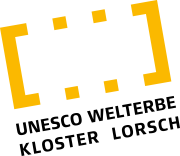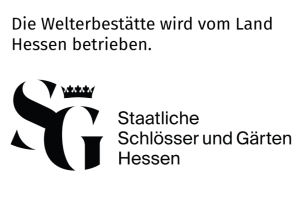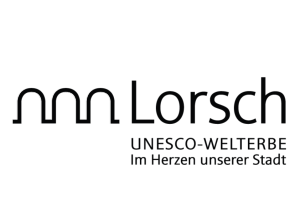
Auerrind Project
Until its extinction in the 17th century, the aurochs (lat. Urus) shaped the world like no other large herbivore the ecosystems it inhabits. Through its feeding behavior, it created semi-open landscapes that were characterized by a particularly high diversity of species.Today, these species-rich habitats have all but disappeared in Europe.
The Auerrind Project at the Lauresham open-air Laboratory is attempting to breed a breed of cattle that comes as close as possible to the aurochs in terms of its appearance, behaviour and genetics. The aim of the orientation towards the wild form is to breed animals that are particularly suitable for near-natural, extensive year-round grazing projects in nature conservation and landscape development. At the same time, these cattle are an important building block for practical educational work on the subject of wilderness and hunting in the early Middle Ages at the open-air Laboratory. The Auerrind Project has also been a member of the European Rewilding Network (ERN) of the Dutch Rewilding Europe Foundation since 2018.
Research
In addition to the actual breeding project, the Auerrind Project aims to consolidate knowledge on the morphology, behaviour and habitat of the aurochs by conducting scientific studies on aurochs bones. The aim is also to collaborate with research institutions to analyze aDNA from selected bone finds in order to date them more precisely.
Breeding plan
However, the Auerrind Project is first and foremost a classic breeding project. Based on the latest scientific findings, a search was made for cattle breeds that are still quite close to the aurochs genetically, phenotypically or due to their behaviour. At the same time, it is the declared aim of the project to keep the number of founder breeds as low as possible in order to achieve the greatest possible degree of homogeneity in the crossbred animals within a medium-term framework of 10-20 years. The targeted crossing of different original breeds with each other should then make it possible to combine individual, desired characteristics (body and horn size, horn shape and color) and to fix them genetically as far as possible up to the third generation of crossbreeding.
At present, there are essentially four breeds in use for the breeding project:
- Chianina (oldest cattle breed in Italy)
- Maremmana (original domestic cattle breed, native to the grassy steppes of the Maremma in southern Tuscany and northern Lazio)
- Sayaguesa (Spanish domestic cattle breed)
- Watussi (domestic cattle breed in East Africa)
Mediation
The Auerrind Project aims to raise awareness of the importance of large herbivores and near-natural grazing through travelling exhibitions, guided tours, bicycle tours and lectures. This should also create a greater awareness of the complex interrelationships in the respective habitat types. It also provides a special and in many ways very authentic insight into early medieval natural and cultural landscapes. The study of early medieval wilderness and hunting is also an important addition to the other educational focuses of the open-air Laboratory.
Nature conservation
The animals are usually kept on large nature conservation areas. This has the positive side effect that the outstanding biodiversity that prevailed in nature until the disappearance of large native herbivores such as the aurochs can now be revived to a certain extent.
For more information on the Auerrind Project:
www.auerrind.de



